Plants
Ferns
| Name | Novelty | Status | Authors | Age | Type locality | Location | Notes | Images |
|---|---|---|---|---|---|---|---|---|
Sp nov | valid |  | ||||||
| |||
|---|---|---|---|
| +... | |||
Paleontology or palaeontology is the study of prehistoric life forms on Earth through the examination of plant and animal fossils . [1] This includes the study of body fossils, tracks ( ichnites ), burrows , cast-off parts, fossilised feces ( coprolites ), palynomorphs and chemical residues . Because humans have encountered fossils for millennia, paleontology has a long history both before and after becoming formalized as a science . This article records significant discoveries and events related to paleontology that occurred or were published in the year 1879.
| Name | Novelty | Status | Authors | Age | Type locality | Location | Notes | Images |
|---|---|---|---|---|---|---|---|---|
Sp nov | valid |  | ||||||
| Name | Novelty | Status | Authors | Age | Type locality | Location | Notes | Images |
|---|---|---|---|---|---|---|---|---|
Sp nov | valid |  (1890 illustration) | ||||||
Sp nov | valid | 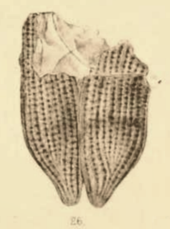 (1890 illustration) | ||||||
Sp nov | valid | 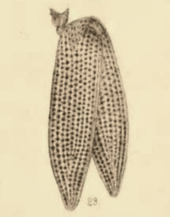 (1890 illustration) | ||||||
Sp nov | valid | 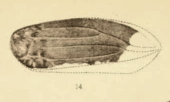 (1890 illustration) | ||||||
Sp nov | valid | 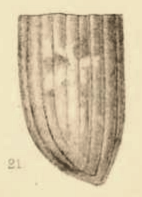 (1890 illustration) | ||||||
Sp nov | valid |  (1890 illustration) | ||||||
Sp nov | jr synonym | A gerrine water strider | 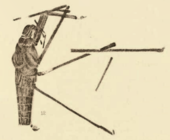 (1890 illustration) | |||||
Sp nov | valid | 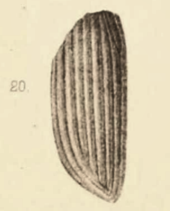 (1890 illustration) | ||||||
Sp nov | Jr synonym | A plecian marchfly | 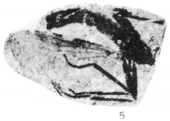 | |||||
Gen et sp nov | Jr synonym | 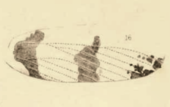 (1890 illustration) | ||||||
Sp nov | valid |  (1890 illustration) | ||||||
Sp nov | valid |  (1890 illustration) | ||||||
| Name | Novelty | Status | Authors | Age | Type locality | Location | Notes | Images |
|---|---|---|---|---|---|---|---|---|
Gen nov | Junior homonym | Marsh | Late Jurassic (Oxfordian) | Preoccupied by Sauranodon Jourdan, 1862; |  | |||
| Name | Status | Authors | Age | Unit | Location | Notes | |
|---|---|---|---|---|---|---|---|
Valid | middle Cretaceous (late Albian-early Cenomanian) | A nodosaurid ankylosaur, a member of Struthiosaurinae. The type species is A. curtonotus. | |||||
Valid | Late Jurassic (Kimmeridgian-Tithonian) | An apatosaurine diplodocid. | |||||
Preoccupied. | Late Jurassic (Kimmeridgian-Tithonian) | Preoccupied by Uhler, 1864. Later renamed Camptosaurus. | |||||
Valid | Late Jurassic (Kimmeridgian-Tithonian) | A basal coelurosaur. The type species is Coelurus fragilis. | |||||
middle Cretaceous (late Albian-early Cenomanian) | An dubious ornithopod. | ||||||
Valid | Late Jurassic (Kimmeridgian-Tithonian) | Junior subjective synonym of Allosaurus . The type species is Allosaurus lucaris Marsh, 1878. | |||||
middle Cretaceous (late Albian-early Cenomanian) | A dubious ornithopod. The type species is S. macrocercus. | ||||||
Hulke | early Cretaceous (Barremian) | A dubious iguanodont. The type species is Vectisaurus valdensis. | |||||
| Name | Novelty | Status | Authors | Age | Type locality | Location | Notes | Images |
|---|---|---|---|---|---|---|---|---|
Gen et comb nov | Valid | Fritsch | A new genus for "Labyrinthodon" schwartzenbergii 1875. | |||||